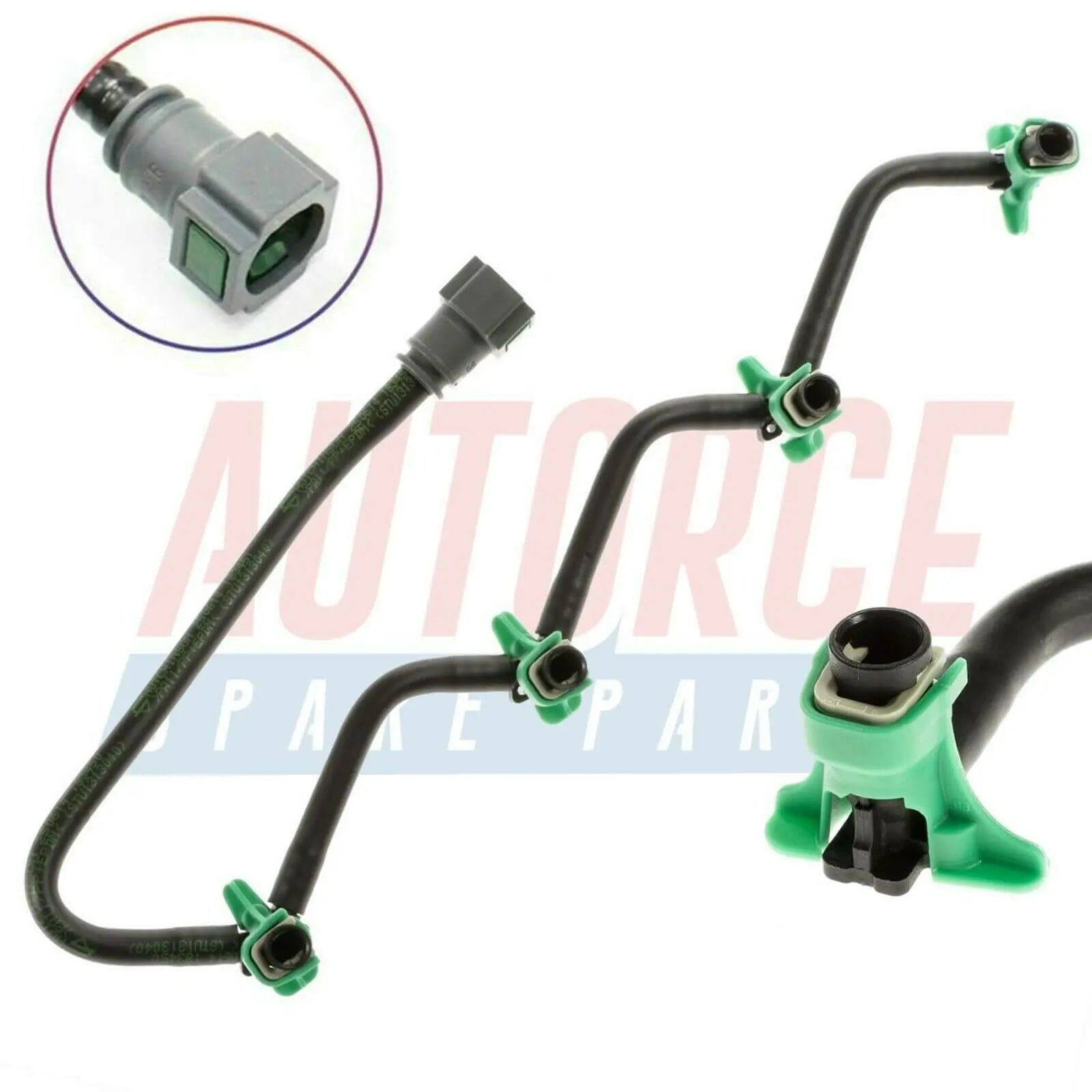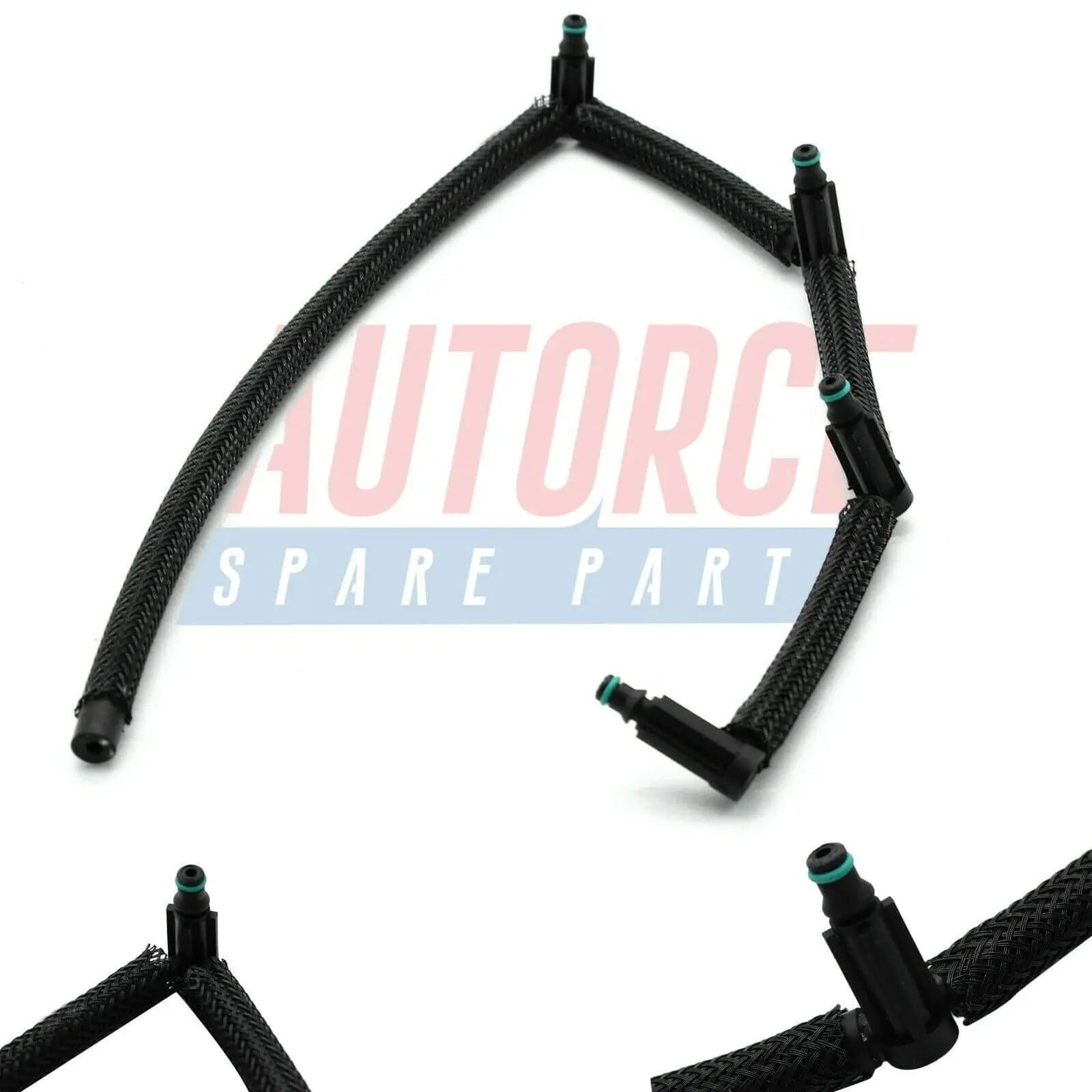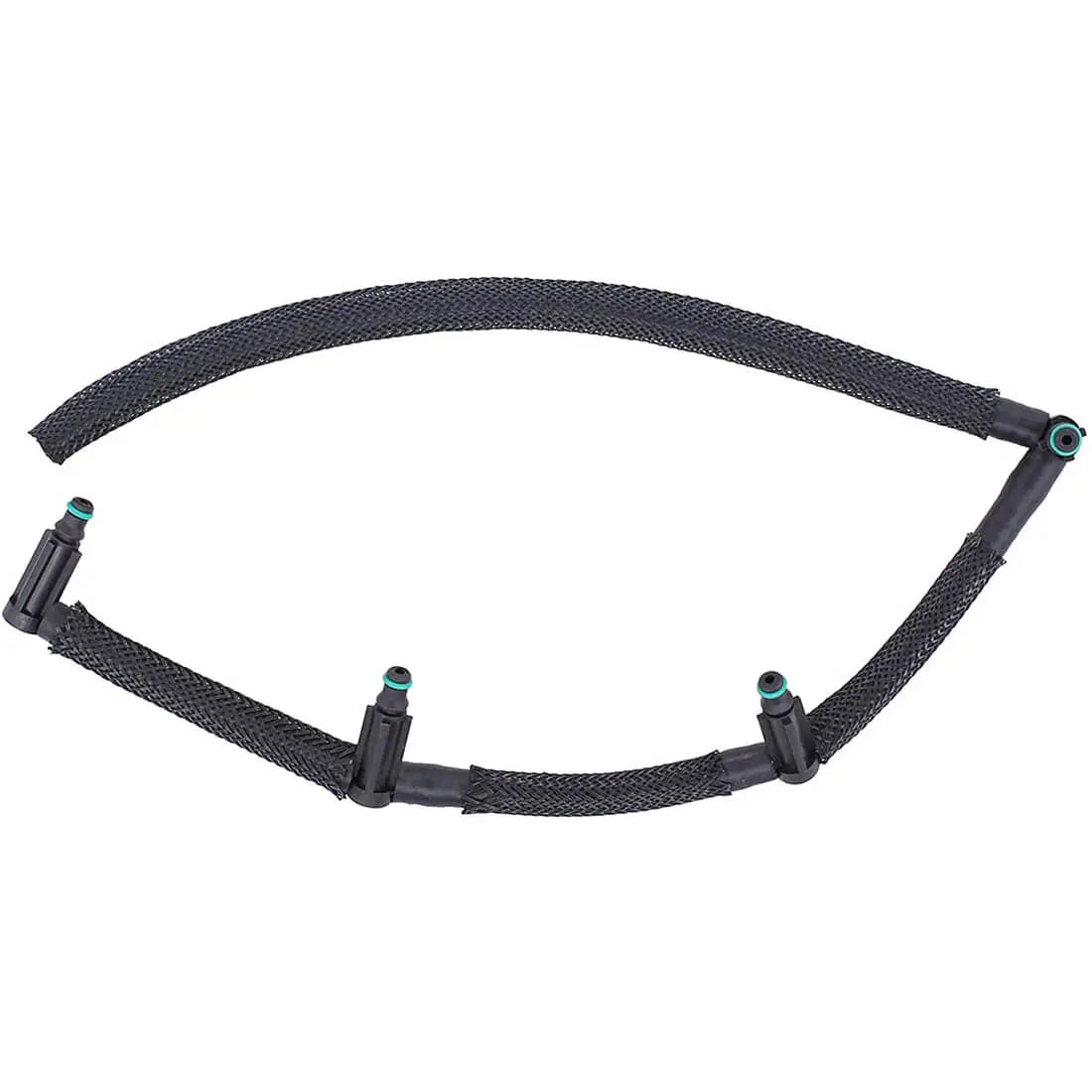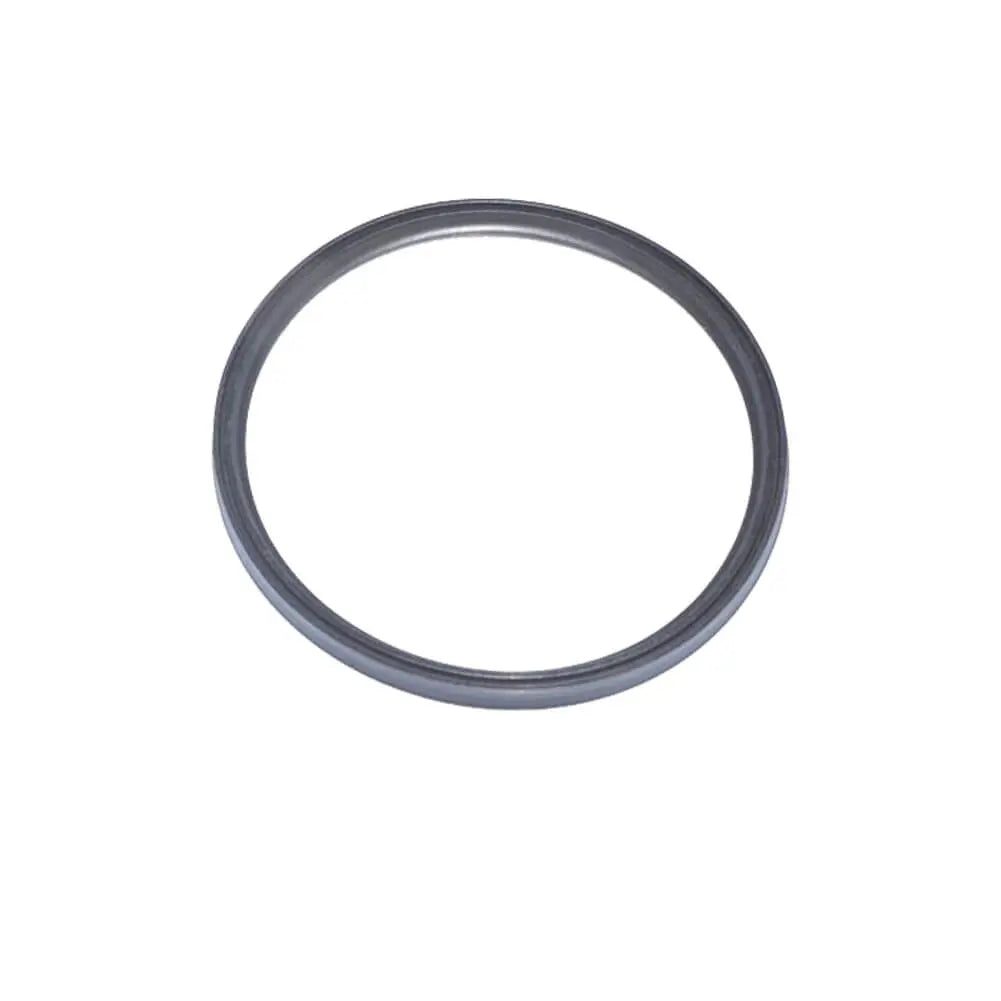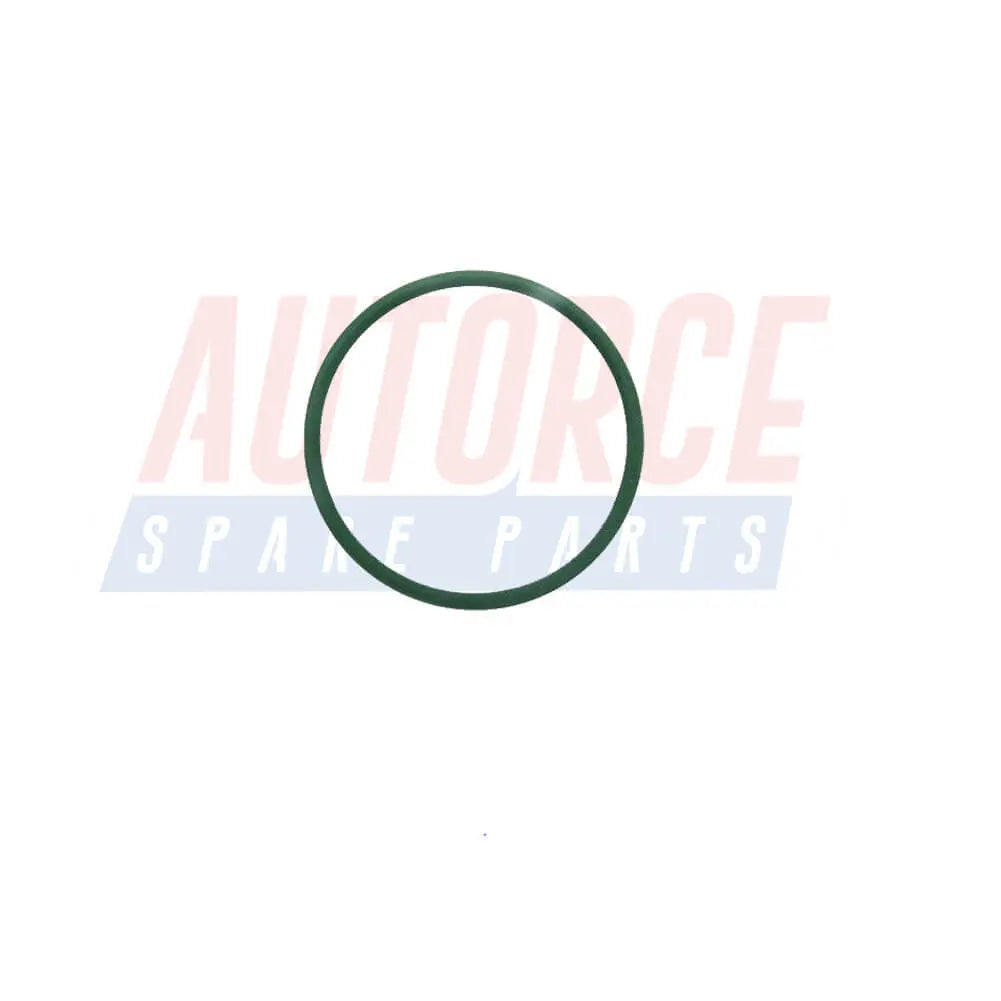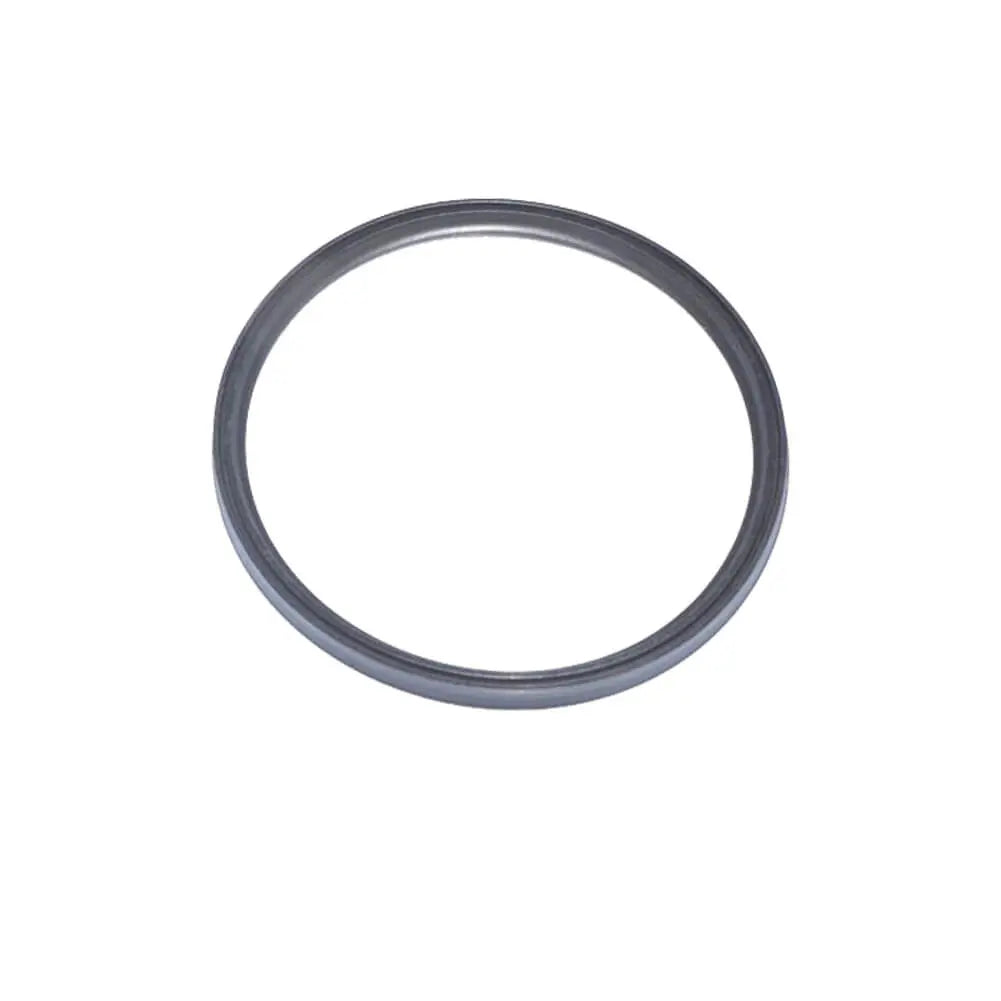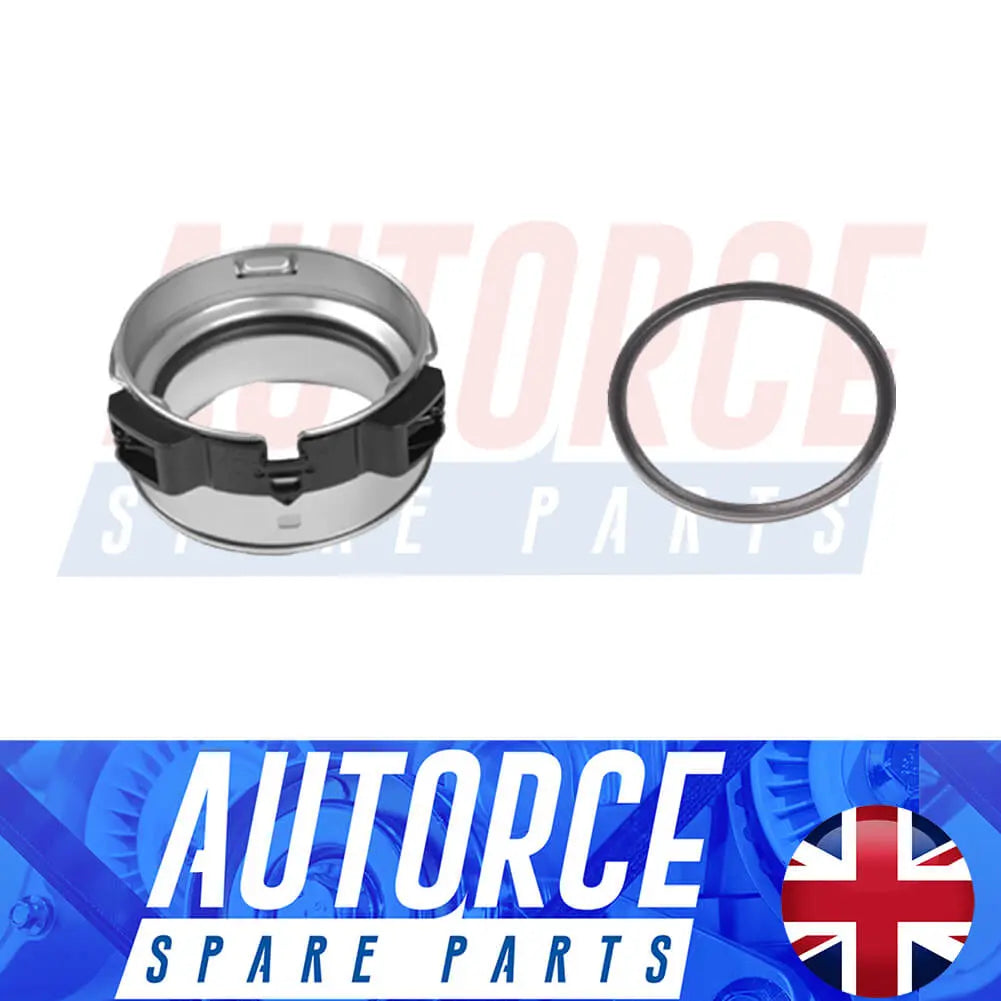Shop by Category
Pipes and Hoses
838 products
Showing 1 - 24 of 838 products
A Comprehensive Guide to Automotive Components: Pipes and Hoses, Cooling, Brake, Engine, Fuel System, Suspension, and Climate Control Components
Automobiles are complex machines comprised of numerous components working in harmony to ensure optimal performance and safety. Among these components, pipes and hoses, cooling systems, brake systems, engine components, fuel system components, suspension components, and climate control system components play crucial roles. In this article, we will delve into the functions, importance, and maintenance of each of these automotive components.
Pipes and Hoses:
Pipes and hoses are fundamental elements of any vehicle, facilitating the flow of various fluids and gases throughout the automobile. They are primarily made of rubber, nylon, or metal, and each serves a specific purpose. Engine coolant hoses carry antifreeze to maintain the engine's operating temperature, while fuel hoses deliver gasoline to the engine. Brake lines, usually made of steel, transport brake fluid to the braking system, ensuring precise and reliable braking.Maintenance: Regularly inspect pipes and hoses for signs of wear, leaks, or cracks. Replace damaged components immediately to prevent fluid leaks and potential system failures.
Cooling Components:
The cooling system is vital to maintain the engine's temperature within an optimal range. It prevents overheating and ensures efficient operation. Key cooling components include the radiator, water pump, cooling fan, thermostat, and coolant reservoir. The radiator dissipates heat, while the water pump circulates coolant through the engine. The cooling fan helps regulate the temperature, and the thermostat ensures the engine reaches its operating temperature quickly.Maintenance: Check coolant levels regularly and inspect cooling components for any signs of damage or malfunction. Replace worn-out parts and flush the cooling system as recommended by the vehicle manufacturer.
Brake Components:
Brake components are crucial for the safety of both the driver and other road users. The brake system includes brake pads, brake discs or drums, brake calipers, brake lines, and the master cylinder. When the driver presses the brake pedal, hydraulic pressure is applied to the brake pads, creating friction against the brake discs or drums, leading to vehicle deceleration.Maintenance: Regularly inspect brake pads and discs for wear. Change brake pads before they become too thin, as this can damage the brake discs. Have the brake system checked by a professional mechanic regularly to ensure optimal performance.
Engine Components:
The engine is the heart of any vehicle, converting fuel into mechanical power. Key engine components include the pistons, cylinders, crankshaft, camshaft, valves, and spark plugs. The pistons move up and down in the cylinders, and the crankshaft converts this linear motion into rotational motion, providing power to the wheels.Maintenance: Follow the manufacturer's maintenance schedule for regular oil and filter changes. Check and replace air filters, spark plugs, and other components as recommended.
Fuel System Components:
The fuel system is responsible for storing, filtering, and delivering fuel to the engine. It comprises components such as the fuel tank, fuel pump, fuel filter, fuel injectors (in modern vehicles), and carburetor (in older vehicles).Maintenance: Keep the fuel system clean by using high-quality fuel and regularly replacing the fuel filter. Modern fuel-injected vehicles may benefit from occasional fuel system cleaning services.
Suspension Components:
The suspension system ensures a smooth and comfortable ride by absorbing road shocks and maintaining tire contact with the road. Key suspension components include shock absorbers or struts, coil springs, control arms, and sway bars.Maintenance: Regularly inspect suspension components for signs of wear or damage. Replace worn-out shocks or struts, and have the alignment checked after hitting large potholes or curbs.
Climate Control System Components:
The climate control system keeps the vehicle's interior comfortable by regulating temperature and airflow. It includes the air conditioning system, heating system, ventilation ducts, and cabin air filters.Maintenance: Regularly inspect and maintain the cabin air filter to ensure clean air circulation. Have the air conditioning system checked for leaks and refilled with refrigerant as needed.
Understanding the various automotive components that keep our vehicles running smoothly and safely is essential for every car owner. Regular maintenance and prompt replacement of worn-out parts are crucial to ensure optimal performance and longevity. By taking care of pipes and hoses, cooling components, brake components, engine components, fuel system components, suspension components, and climate control system components, you can keep your vehicle running efficiently and enjoy a comfortable d
Showing 1 - 24 of 838 products
Display
View
Save £0.91
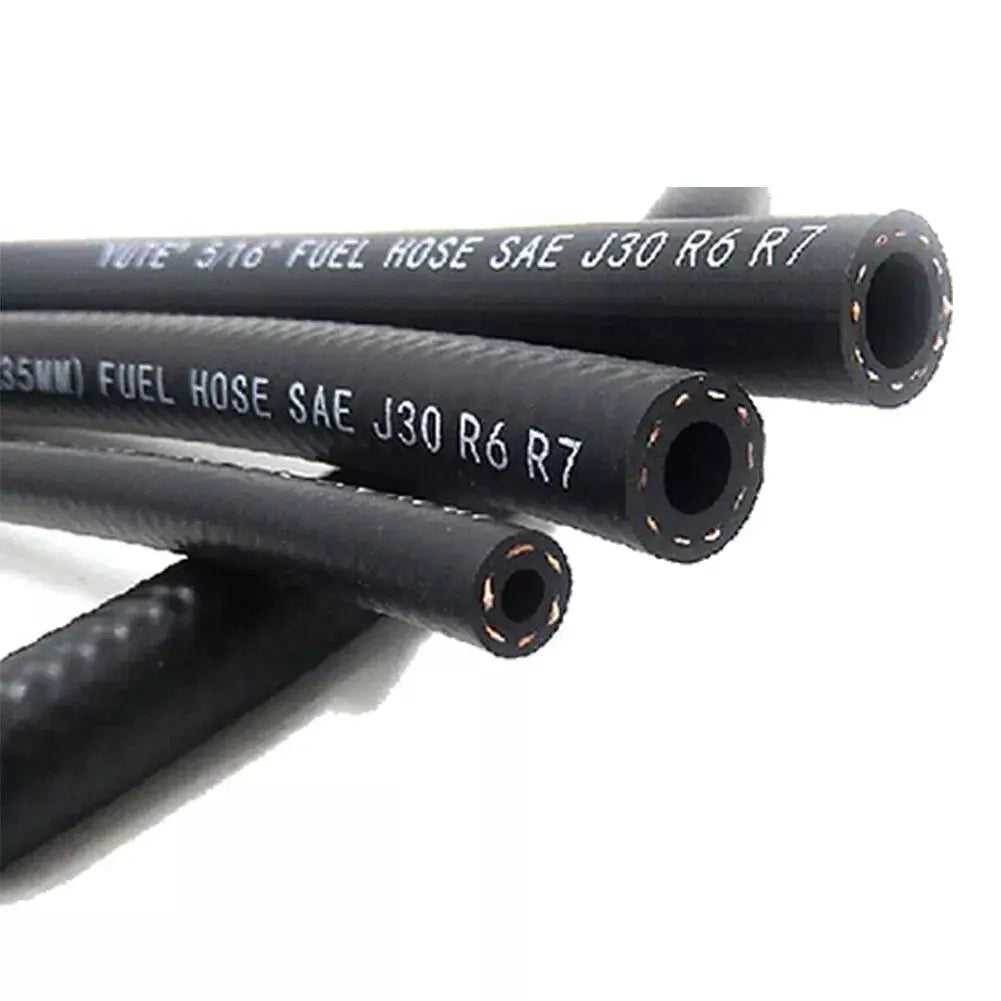
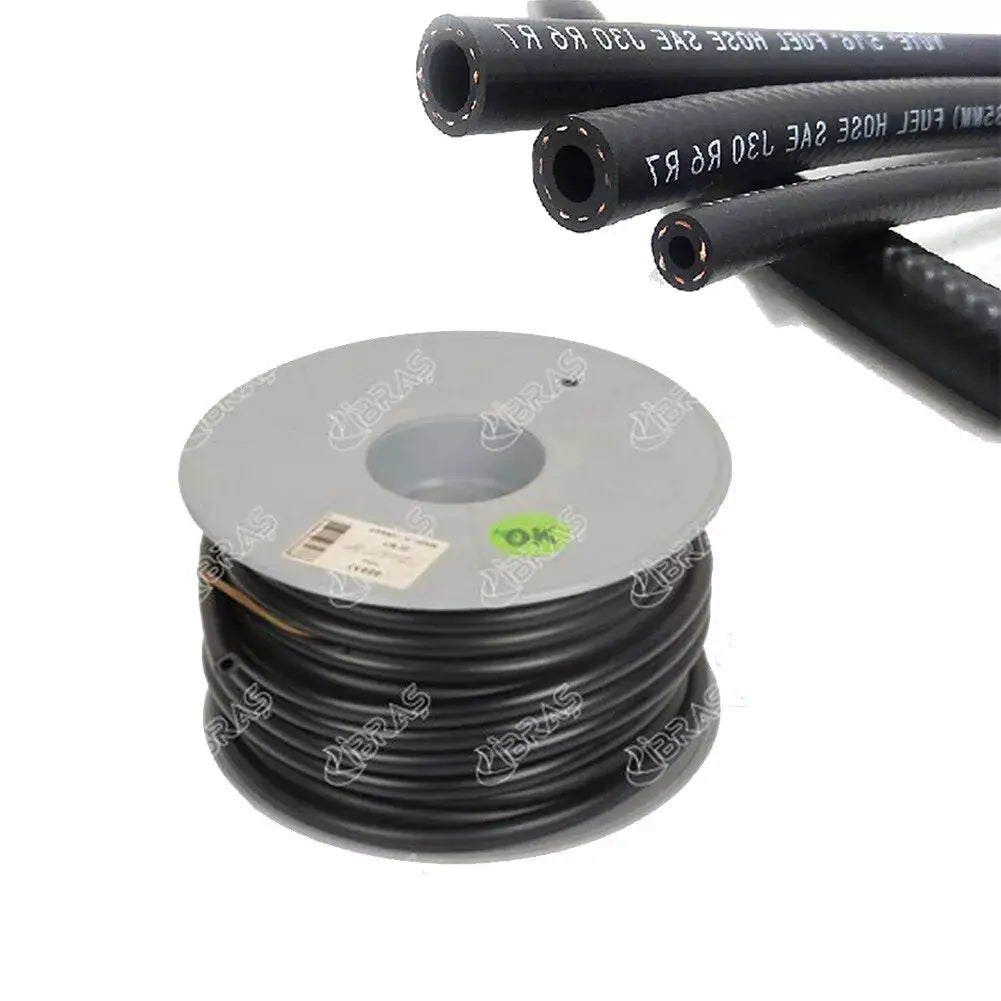
1 Mt Rubber Reinforced Fuel Hose Pipe Line Fuel Engine For Petrol Diesel Oil Or Water
Sale priceFrom £3.99
Regular price£4.90
2 reviews
In stock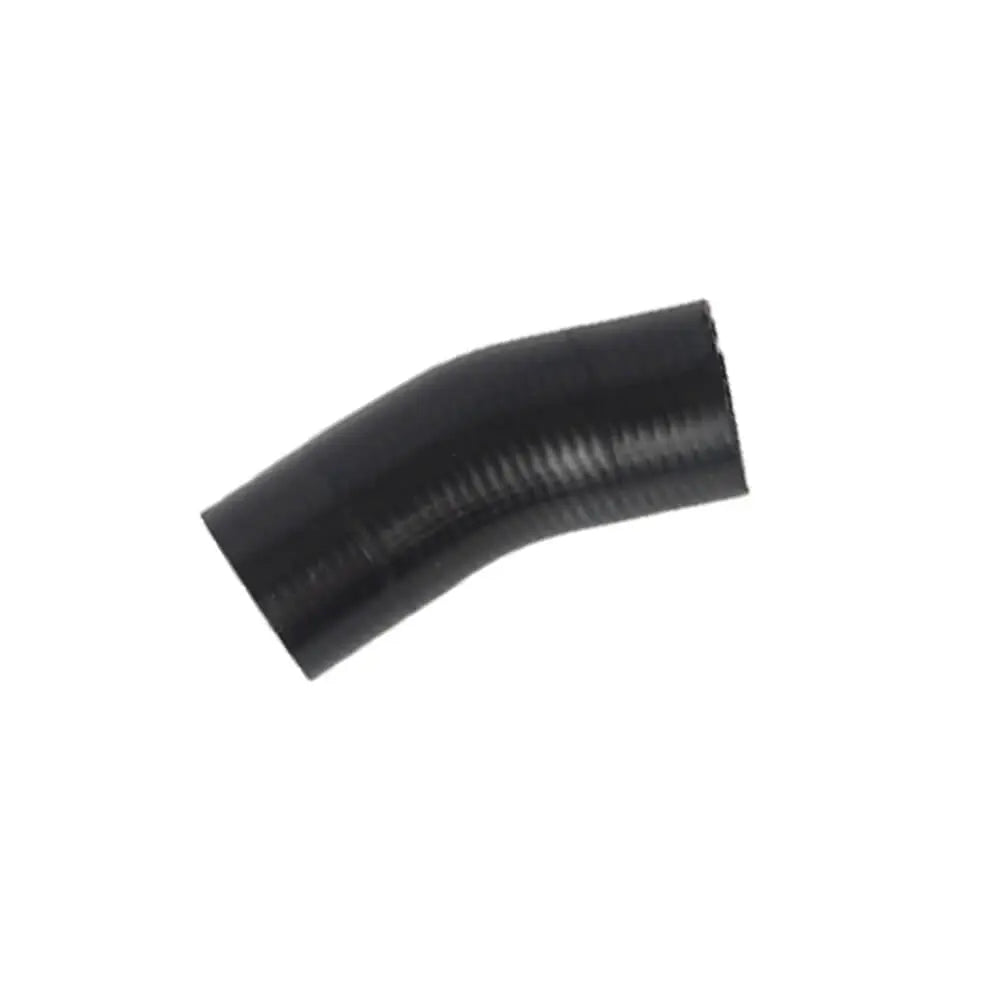
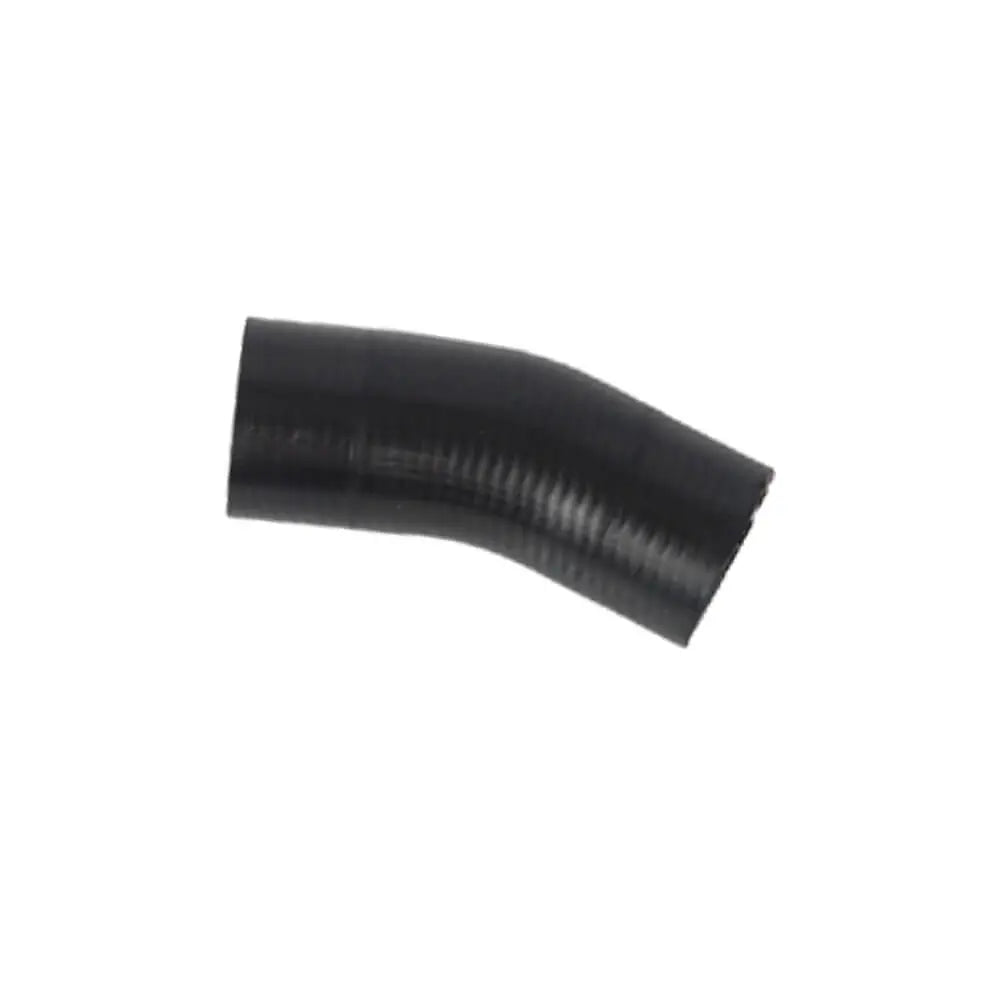
Thermostat Hose Pipe For Ford Fiesta Focus Tourneo Transit Galaxy S-Max Mondeo 1.8 TDCi (2000 - 2015) XS4Q8A567CC
Sale price£8.89
No reviews
Hurry! Stock running out!

Turbo Pressure Hose For Nissan Cube Qashqai - 1412000Q0J, 1412000Q1E
Sale price£6.90
1 review
In stock

Turbo Intercooler Hose Repair Kit For Vauxhall Insignia 1.6 2.0 CDTI (2014 - 2017) - 13419441
Sale price£12.90
No reviews
Hurry! Stock running out!

Intercooler Turbo Hose Pipe For Volvo S40 II V50 C30 1.6 D2 (2010 - 2012) 31319716, AV616K863VB
Sale price£17.90
No reviews
In stock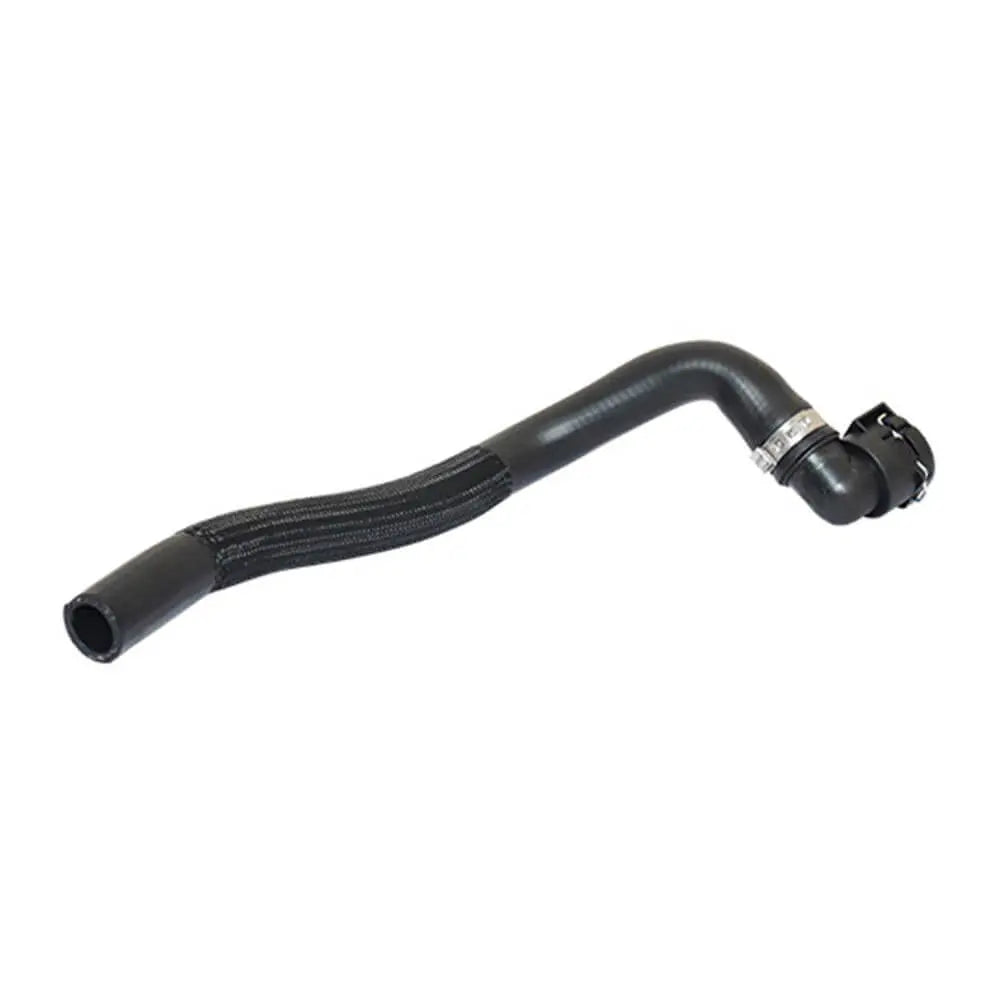

Heater Inlet Hose Pipe For Opel For Vauxhall Corsa D (S07) 1.0, 1.2, 1.4 (2006 - 2014) 13249356, 13353976, 1818479
Sale price£15.90
No reviews
Hurry! Stock running out!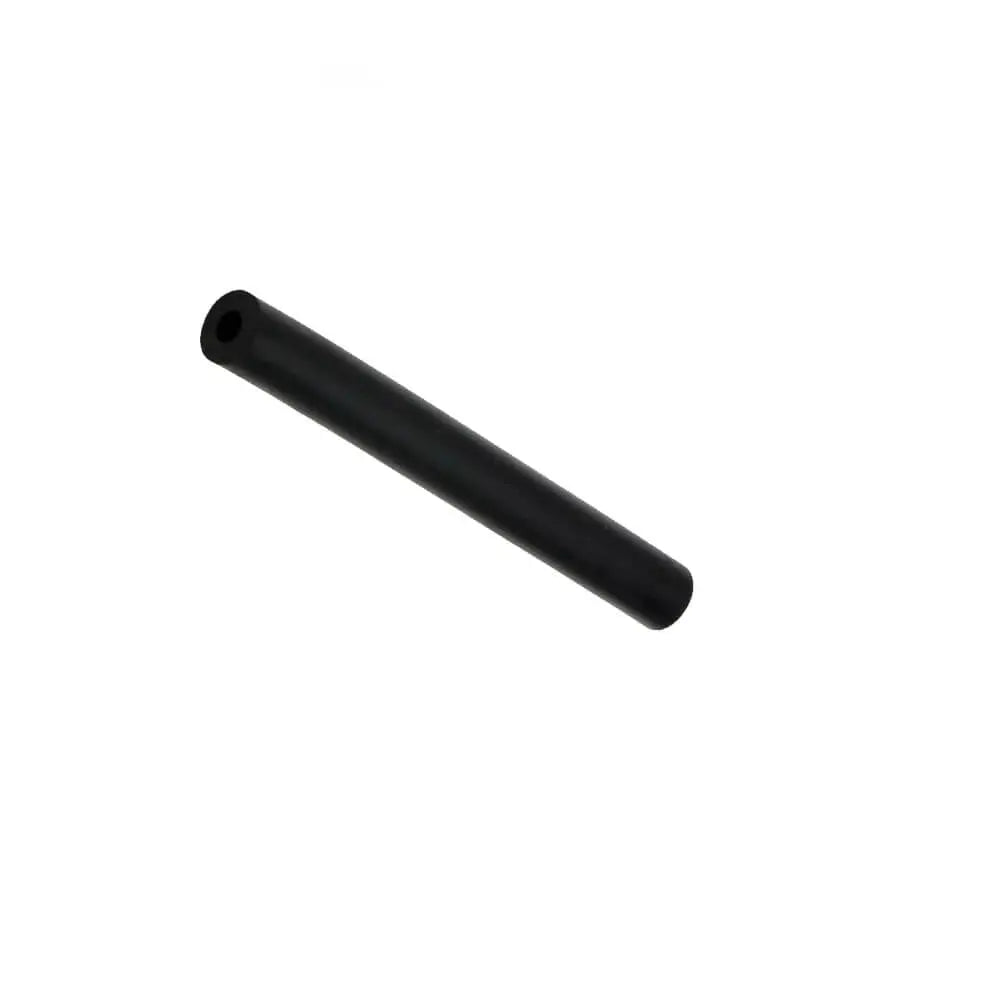

Turbo Pressure Sensor Hose For Dacia Dokker Duster Logan Sandero 1.5 dCi - 208744694R
Sale price£7.90
No reviews
In stock

Turbo Pressure Sensor Hose For Dacia Dokker Duster Lodgy Logan Sandero - 208742477R
Sale price£7.90
No reviews
In stock

Turbo Pressure Sensor Hose For Renault Captur Clio Kangoo Megane Scenic Talisman - 208742477R
Sale price£7.90
No reviews
In stockSave £5.09
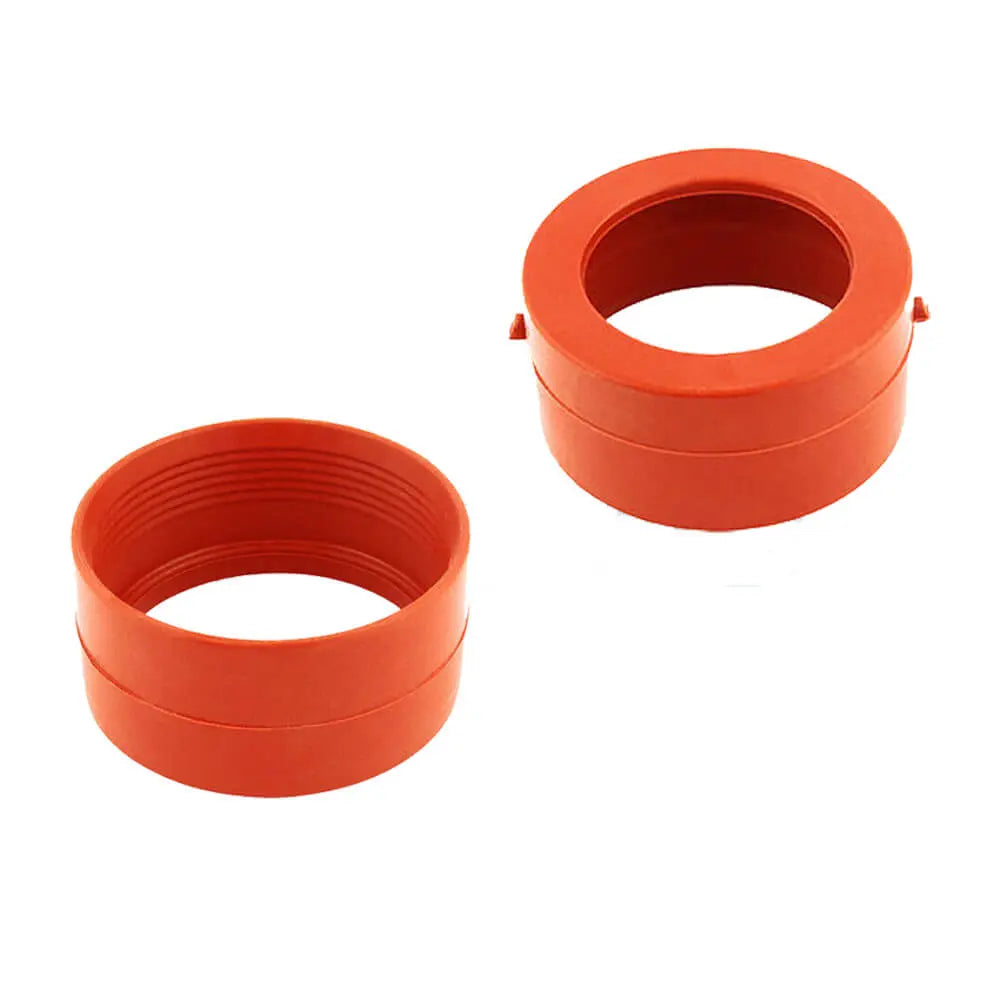

2 Pcs Engine Turbo Boost Pipe Seal Gasket Upper / Lower For Volvo V70 S60 XC70 V70 XC90 - 30778628, 30778629
Sale price£14.90
Regular price£19.99
No reviews
In stock
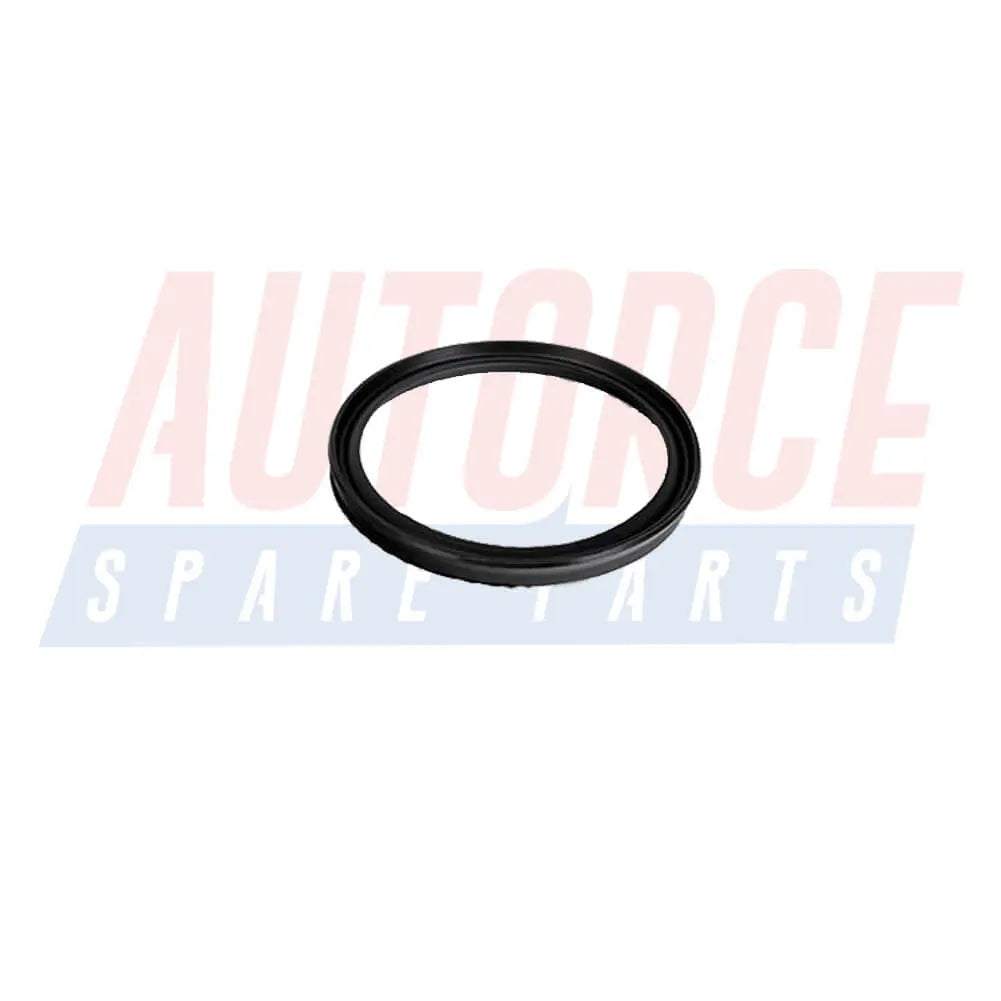
Turbo Intercooler Pipe Hose Seal For Mercedes A B Class CLA GLA - 0219976545
Sale price£5.90
No reviews
In stock

Water Pump Hose For Peugeot 407 5008 Bipper Expert Partner (2001 - Onwards) 1317.N7
Sale price£9.90
No reviews
Hurry! Stock running out!
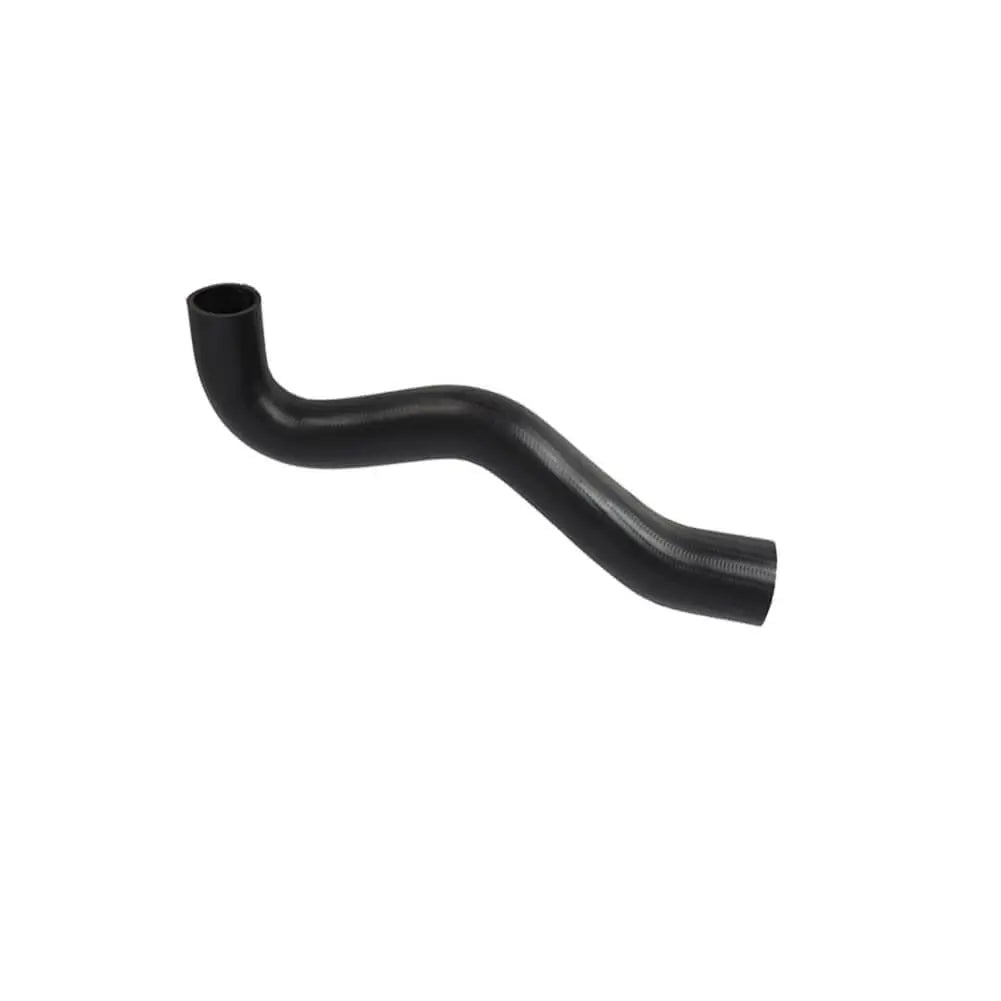
Intercooler Turbo Hose For Mitsubishi L200 Triton (2007 - Onwards) MN171051
Sale price£22.90
No reviews
In stock
Filters (0)


